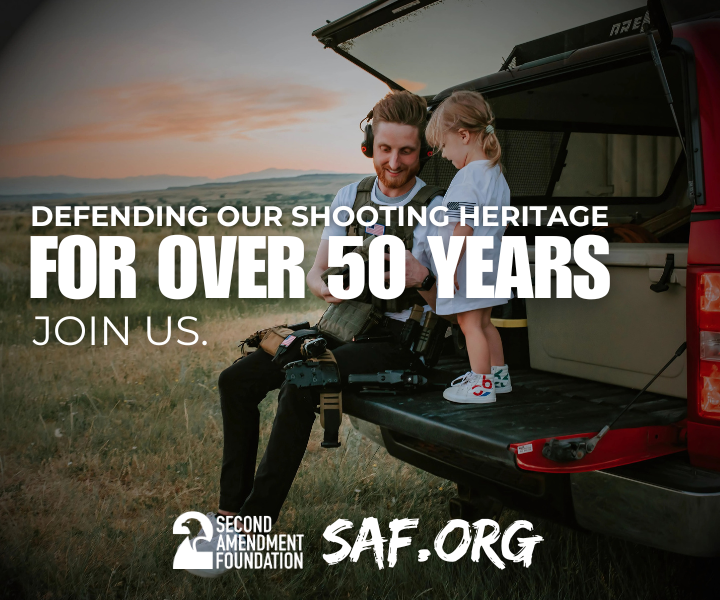
In a boon to state fish and wildlife agencies, the U.S. Fish & Wildlife Service announced this year’s apportionments of funds for conservation efforts has hit $1.3 billion, which will be dispersed to the various agencies via grants through the Office of Conservation Investment.
The funding is generated by manufacturers who paid federal excise taxes last year on ammunition, firearms, archery and angling equipment, and a fuel and small engine tax, according to an announcement from the USFWS.
The National Shooting Sports Foundation noted in a prepared statement that $886,499,121 of the $1.3 billion of those funds are directly sourced from firearm and ammunition excise taxes paid by manufacturers.
“Firearm and ammunition manufacturers have paid over $29 billion into the fund since its inception in 1937, when adjusted for inflation,” NSSF said. “These funds directly contribute to wildlife conservation through the Pittman-Robertson Wildlife Restoration Act and provide funding for conservation programs, increased access to public lands and hunter education.”
Along with the more than $29 billion distributed through annual apportionments, partner fish and wildlife agencies have contributed over $9 billion in investments throughout the program’s history, according to UWFWS. Through these combined funds, agencies have supported monitoring and management of over 500 species of wild mammals and birds, annual stocking of over 1 billion fish, operations of fish and wildlife disease laboratories around the country, and provided hunter and aquatic education to millions of students. These funds have also supported operations and maintenance of over 800 target ranges and opening of over 36 million acres of land to hunting and angling.
“The firearm industry is tremendously proud of the contributions we make to conserving our wildlife and the habitats wildlife need to thrive for generations to come,” said NSSF President and CEO Joe Bartozzi. “Our industry is at the forefront of wildlife conservation. Each time a recreational shooter or hunter purchases a firearm or ammunition, they are helping to support wildlife conservation through the excise taxes paid by our industry on the sale of those products. The American model of conservation funding is the gold standard throughout the world for sustainable conservation and wildlife management.”
The excise tax is set at 11 percent of the wholesale price for long guns and ammunition and 10 percent of the wholesale price for handguns, NSSF explained. The excise tax, paid by manufacturers and importers, applies to all firearms and ammunition imported or sold domestically to the commercial market and federal law enforcement sales, whether the purpose is for recreational shooting, hunting or personal defense. The tax is administered by the Alcohol and Tobacco Tax and Trade Bureau (TTB) of the Department of the Treasury, which turns the funds over to the U.S. Fish and Wildlife Service (USFWS).
According to a news release from the foundation, USFWS deposits the Pittman-Robertson excise tax revenues into a special account called the Wildlife Restoration Trust Fund administered by the USFWS. These funds are made available to states and territories the year following their collection based on a statutory formula. These excise tax dollars collected since 1937 under the Pittman-Robertson Wildlife Restoration Act are specifically designated to be used by state wildlife agencies for conservation and related purposes. Collectively, purchasers of firearms and ammunition, hunters and the firearm and ammunition industry are the greatest source of wildlife conservation funding.


